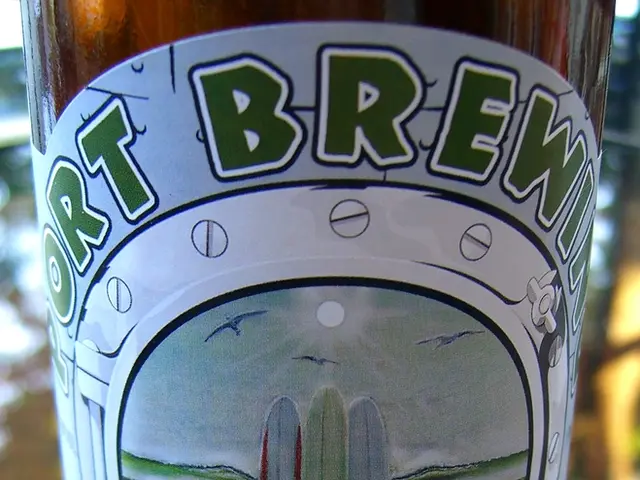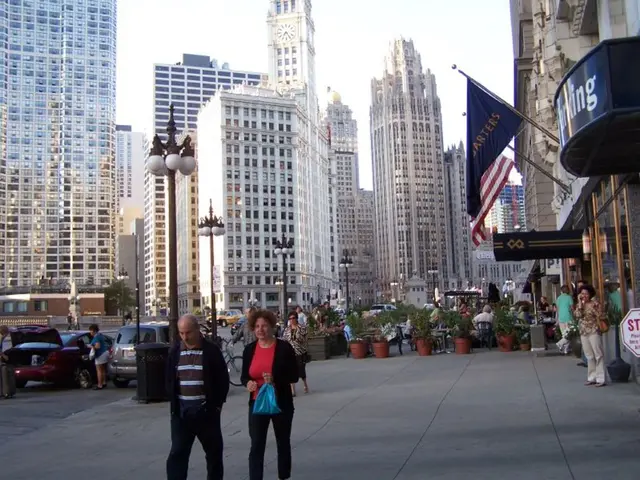DOH 7 warns against leptospirosis risks after Typhoon Tino flooding
The Department of Health in Central Visayas (DOH 7) has issued a public advisory regarding the prevention and treatment of leptospirosis, a bacterial infection often contracted through contact with contaminated water, especially during typhoons like Typhoon Tino. The agency urges the public to seek medical consultation immediately if they experience any symptoms or suspect they may have been exposed to the infection.
DOH 7 recommends doxycycline as the antibiotic of choice for leptospirosis prophylaxis. This should be taken within 48 hours of exposure to potentially contaminated water or environments. However, it is crucial to note that antibiotics should only be taken when prescribed by a healthcare professional to avoid adverse effects and the development of antibiotic resistance. Improper use of doxycycline can lead to side effects such as stomach upset, increased sensitivity to sunlight, and severe allergic reactions. Therefore, DOH 7 strongly advises against self-medicating with antibiotics, especially during typhoon-related flooding.
In light of Typhoon Tino, DOH 7 emphasizes the importance of seeking medical consultation for any suspected leptospirosis infection. The agency recommends doxycycline for prophylaxis but stresses that it should only be taken under medical supervision to ensure safety and effectiveness.






